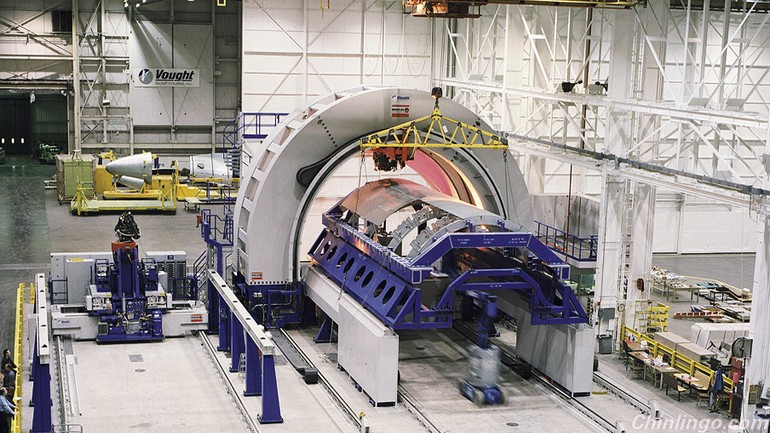
A company in South China's Guangdong province is building the city's first zero-labor factory. It’s an effort to address worker shortages and rising labor costs, but the rise of semi-autonomous “smart factories” could be a sign of things to come, in China and elsewhere.
中国南部,广东省的一家公司正在建设这座城市的第一个无人工厂。这样做的目的,是为了应对劳工短缺和用工价格上涨。然而,这种半自动化的“智能工厂”的崛起,代表了一个未来将会出现的趋势,在中国和其他地方都是如此。
As China Daily is reporting, local authorities in Guangdong are introducing its “robot assembling line” strategy. To start, private company Everwin Precisions Technology Ltd is expecting to deploy 1,000 robots by the end of the first phase of the zero-labor project. According to its board chairman, Chen Qixing, the company will reduce its workforce by 90%. So instead of employing its current 2,000 workers, the company will require just 200 employees to operate software systems and administration. Owing to a severe labor shortage and mounting labor costs, similar projects may be unveiled elsewhere around the Pearl River Delta.
中国日报报道,广东当地政府正在推介他们的“机器人生产线”策略。作为开始,私营公司Everwin Precisions Technology Ltd 在其无人工厂计划的第一阶段结束时预计将会部署1000个机器人。公司董事会主席陈启兴(音)说该公司将会减少90%的用工。所以,该公司将只需要两百个雇员来负责软件系统和管理,就能替代现在的两千名员工。在缺乏工人和工资上涨的形势下,珠三角各地类似的项目都正在上马。
China’s shrinking workforce may be a natural consequence of demographic trends, but it’s also likely the result of economic globalization. As the middle class emerges in China, so too do salary expectations and the desire for jobs outside the manufacturing sector. What’s more, the demand cannot be met through the influx of migrant workers. To stave off catastrophic production short-falls, China’s economists are advocating for technology upgrades and the use of smart robots.
中国目前的劳动人口缩减只是一个自然的人类学趋势,但是它也是经济全球化的结果。随着中产阶级在中国出现,对工资预期也在上涨,在制造业以外工作的渴望也在上升;单单依靠流入的农民工满足不了(用工)需求,为了避免灾难性的制造业衰退,中国经济正在提倡科技升级和使用智能机器人。
To that end, the local government in Guangdong will invest the equivalent of $152-billion to replace humans with robots within three years. Robotic fleets could appear in as many as 2,000 companies across the province, in addition to two advanced industrial bases for robot production.
为了这一目的,广东当地政府将做出相当于1520亿美元的投资,用以在未来三年内用机器人替代人。机器人生产线将在该省多至两千家公司中出现,并将有2个先进的工业基地用于生产机器人。
With factories run almost entirely by robots, it will become increasingly difficult for manufacturers outside of China to compete. Owing to similar demographic and economic trends elsewhere, this may force companies outside of China to adopt similar strategies. At the same time, advances in automation are increasingly poised to remove humans from assembly-line work. It’s not going to make sense for companies to maintain a workforce when it can just use robots. The zero-labor factories in China are likely just the start of what’s going to be a global trend.
在这些几乎完全由机器人来运作的工厂出现后,中国以外的制造业将会更加难以与其竞争。其他地方也有同样的人类学和经济趋势,这将迫使中国以外的公司采用同样的策略。同时,自动化的先进性,愈发注定了其必将在生产线工作方面替代人类。当公司能够使用机器人时,没有理由还保留工人队伍。中国的无人工厂,可能只是这个将席卷全球的趋势的一个开端。



 闽公网安备 35020302035673号
闽公网安备 35020302035673号
0 responses on "Chinese factories use smart robots to offset worker shortage and rising costs"